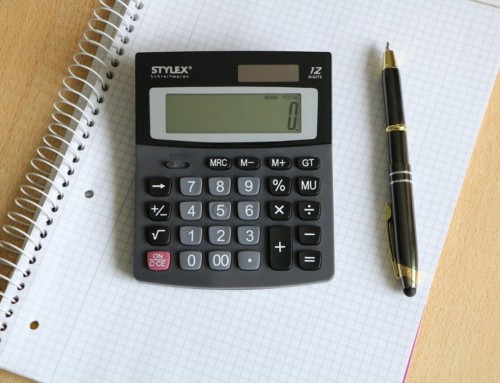
The structure of the human heart.
ZIMSEC O Level Combined Science Notes: The mammal heart
- Is made up of muscle which contracts continuously throughout the mammal’s life.
- The number of contractions differ from mammal to mammal
- In elephants it contracts about 25 times/minute
- In humans it contracts about 70-80 times/minute
- In rabbits the heart contracts about 120-150 times/minute
- It works automatically
- The heart has four chambers:
- two atria (a single one of these is called an atrium)
- and two ventricles.
- Between these are valves that prevent backflow.
- Upon each contraction of the atria, blood is forced into the ventricles
- These then contract to push blood out of the heart into the major blood vessels
- There are two major blood vessels:
- The pulmonary artery which takes blood to the lungs to be oxygenated and
- The aorta which takes blood to the rest of the body
- This action takes less than a second.
- At the same time blood will be entering the heart through the vena cava from the rest of the body and through the pulmonary vein from the lungs
- Blood entering the left side of the heart carries oxygen from the lungs and is pumped to the body
- Blood entering the right side comes from the body and is then pumped to the lungs to absorb more oxygen.
- The blood on the left side is called oxygenated blood
- The blood on the right hand side is called de-oxygenated blood
- The muscular walls of the left side are much thicker than those on the right side
- This is because the blood on the left side has to reach all parts of the body when it is pumped
- While the blood pumped from the right side only has to reach the lungs.
- NB The left hand side of the heart diagram above is actually the right side in the human body and vice versa.
To access more topics go to the Combined Science Notes page.







